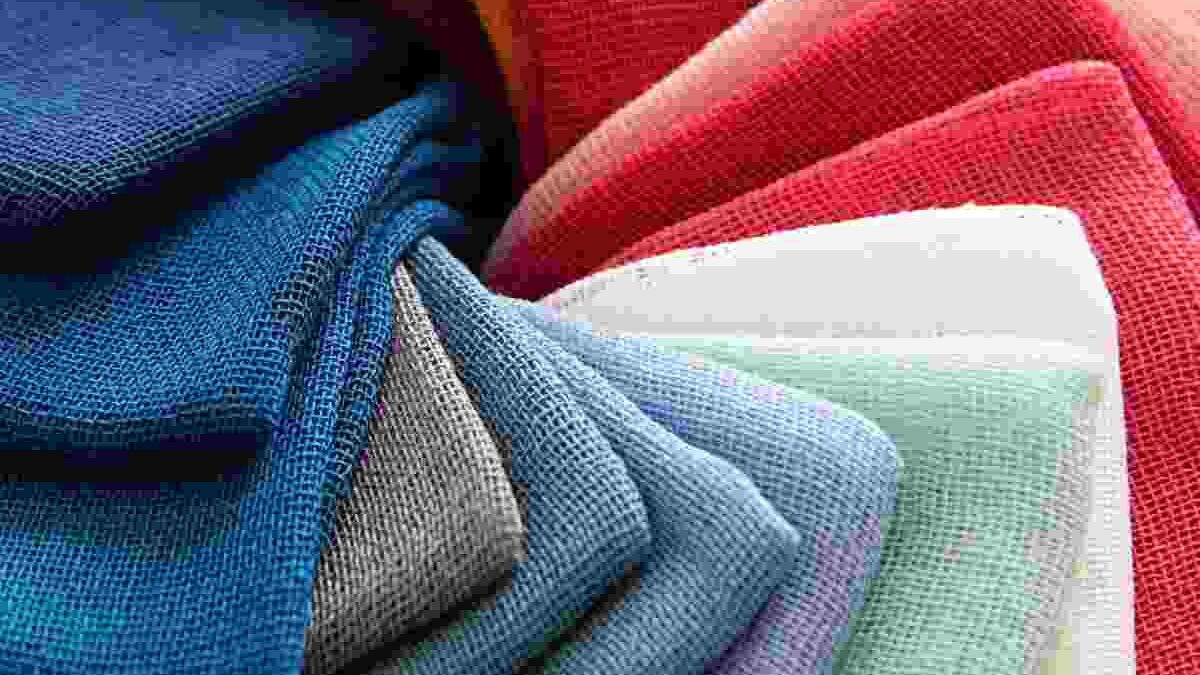Cotton-Polyester Blend: A Popular Fabric Choice
Table of Contents
Introduction
The cotton-polyester blend is one of the most common fabrics used today. It mixes the comfort of cotton with the strength of polyester. This fabric is popular in clothing, home items, and even in industries because it has a good balance of qualities. In this article, we will look at what a cotton-polyester blend is, its benefits, drawbacks, and where it is used.
What is a Cotton-Polyester Blend?
A cotton-polyester blend is made by mixing two fibers:
-
Cotton – a natural fiber from the cotton plant.
-
Polyester – a synthetic fiber made from petroleum.
The blend can have different ratios, such as 50/50, 60/40, or 65/35 (cotton/polyester). More cotton makes the fabric softer and more breathable, while more polyester makes it stronger and more durable.
Key Characteristics
-
Cotton’s Role: Soft, breathable, and absorbs moisture.
-
Polyester’s Role: Strong, wrinkle-free, and long-lasting.
-
Blended Balance: Ratios change how the fabric feels and performs.
Benefits of Cotton-Polyester Blends
-
Comfort and Breathability
Cotton makes the fabric soft and airy, so it feels comfortable in many climates. -
Durability and Strength
Polyester makes the fabric tougher and less likely to wear out. Clothes last longer and can handle frequent washing. -
Wrinkle and Shrink Resistance
Unlike 100% cotton, this blend doesn’t wrinkle or shrink easily. It’s perfect for uniforms and dress shirts. -
Cost-Effective
Blended fabric costs less to produce than pure cotton, making it affordable for buyers. -
Versatility
It works well for different products — from casual wear to industrial fabrics.
Drawbacks of Cotton-Polyester Blends
-
Less Breathable
Not as airy as 100% cotton, which can feel hot in humid weather. -
Environmental Concerns
Polyester comes from petroleum and is not biodegradable, while cotton farming uses a lot of water and chemicals. -
Pilling
Some blends may develop small fabric balls (pills) after many washes. -
Less Luxurious Feel
It does not feel as rich as 100% cotton or silk, which may be a drawback for luxury clothing.
Applications of Cotton-Polyester Blends
1. Apparel
-
Casual Wear: T-shirts, polos, pants.
-
Workwear/Uniforms: Strong, wrinkle-free, and easy to maintain.
-
Activewear: Higher polyester blends are great for sportswear because they stretch and wick away moisture.
2. Home Textiles
-
Bedding & Towels: Durable, easy to wash, and cost-friendly.
-
Upholstery: Used in furniture for both looks and strength.
3. Industrial Uses
-
Medical Textiles: Scrubs and gowns.
-
Industrial Fabrics: Tents, tarps, and other heavy-duty materials.
Care and Maintenance
-
Washing: Use warm or cold water. Avoid very high heat.
-
Drying: Tumble dry on low or medium.
-
Ironing: Use low to medium heat since polyester resists wrinkles.
-
Stain Removal: Treat stains quickly with mild detergent.
Environmental and Sustainability Considerations
Both cotton and polyester have environmental impacts:
-
Cotton: Needs lots of water and pesticides.
-
Polyester: Made from non-renewable petroleum and not biodegradable.
However, eco-friendly options are improving. Some fabrics now use organic cotton or recycled polyester. Certifications like OEKO-TEX and GOTS help buyers choose safer and more sustainable fabrics.
Conclusion
Cotton-polyester blends mix the best of both worlds — the softness of cotton and the durability of polyester. They are affordable, versatile, and easy to maintain, which is why they are used everywhere from clothing to industry. While there are some downsides, like less breathability and environmental concerns, the blend remains one of the most practical fabrics in the textile world. By understanding its qualities and caring for it properly, consumers and manufacturers can make the most of this widely used fabric.

